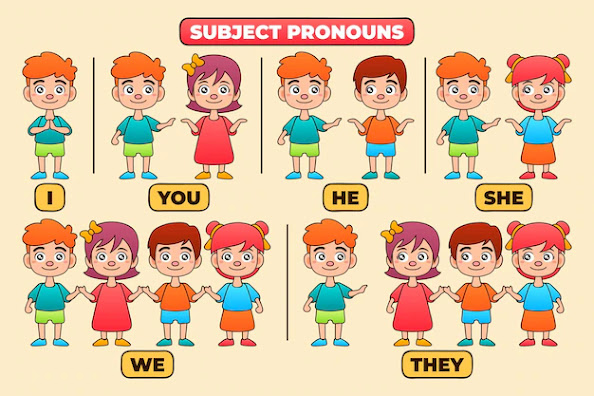Simple Present: Be Affirmative and contractions
Verb BE
BE is the most important verb in the English language. It is used as a main verb and as an auxiliary verb, and it is also used in the passive voice. BE is the only English verb that has three conjugations in the simple present (am | are | is). All other verbs have just two conjugations. BE is also the only verb that has two conjugations in the simple past (was | were). All other verbs have only one past tense conjugation.
Here are the conjugations for BE in the simple present.
| singular | plural | ||||
| 1st person | I | am | we | are | |
| 2nd person | you | are | you | are | |
| 3rd person | he, she, it | is | they | are | |
The verb BE, when followed by an adjective, is used to describe a person, place, or thing.
| person | place | thing | ||
| I am tired. | Costa Rica is warm. | The building is tall. | ||
| She is kind. | The rooms are large. | My ideas are bad. | ||
| We were late. | Paris was beautiful. | The tea was cold. |
The verb BE can be followed by a noun to identify a person or a relationship.
| I am a lawyer. |
| He is a student. |
| We are friends. |
BE can be followed by a preposition to identify the location of a person or thing.
| person | I am at work. |
| The man is in the car. | |
| thing | The keys are by the door. |
| My book was on the table. | |
BE can be used with other verbs to create different verb forms.
| ||||||||||
Contractions with the verb BE
The simple present of the verb BE can be contracted in two ways: with a subject pronoun or with the negative adverb not. Before you continue, review these lessons: Contractions | Verb BE.
To make a contraction with a subject pronoun and the verb BE, join the two words and replace the first letter of the conjugated verb BE with an apostrophe.
| uncontracted | words joined | first letter eliminated | contracted | |||
| I am | Iam | I | I’m | |||
| You are | Youare | You | You’re | |||
| She is | Sheis | She | She’s |
For example:
| uncontracted | contracted | |
| I am happy. | I’m happy. | |
| You are funny. | You’re funny. | |
| She is beautiful. | She’s beautiful. | |
| We are hungry. | We’re hungry. | |
| They are young. | They’re young. |



Comentarios
Publicar un comentario